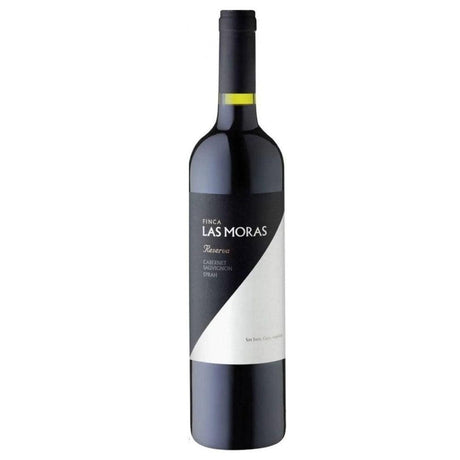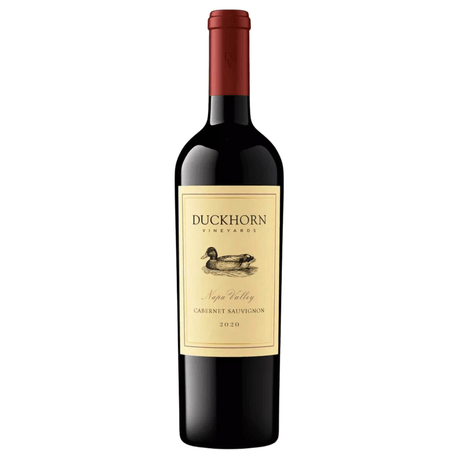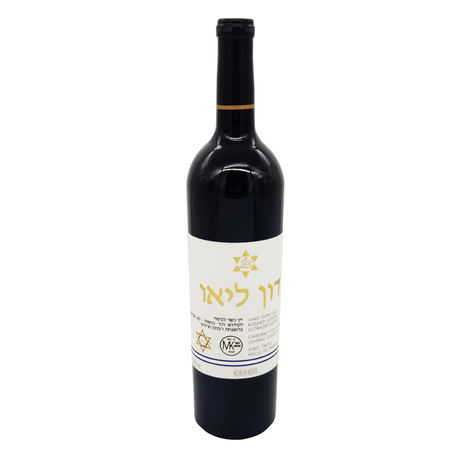The symbolism of wine and spirits in Mexican literature
Mexican literature not only mirrors the country's cultural identity; it's also a space where wines and spirits become symbols, metaphors, and companions for the characters in their passions, sorrows, and joys. Drinking and toasting are not only seen as everyday activities, but also as narrative devices for discussing life, death, loneliness, and even love.
Today we'll explore how wine in Mexican literature and spirits in novels by authors such as Juan Rulfo, Jaime Sabines, and Ángeles Mastretta have left their mark on literature, becoming elements that enrich the atmosphere of their works.
Juan Rulfo, aguardiente in the land of the dead
In Pedro Páramo (1955), Juan Rulfo portrays a dry, dusty, rural Mexico where the characters drink aguardiente to alleviate sadness and the burden of memory. The liquor becomes a symbol of escape and also of condemnation, as there is no celebration, only resignation.
Aguardiente in Rulfo's novels isn't glamorous or festive, but rather the harsh drink that accompanies a ghost town. With it, the characters try to forget their oppression, although in the end, it reinforces their condition as trapped souls. Here we see how liquors in novels reflect not only a cultural taste, but also the harshness of rural life.
Jaime Sabines, wine as a metaphor for love and life
The Chiapas poet Jaime Sabines uses wine in his poetry as a metaphor for love, desire, and the intensity of human feelings. In several of his poems, wine is a symbol of total surrender, of that overwhelming impulse that, like alcohol, can intoxicate with both happiness and sadness.
Sabines doesn't talk about labels or denominations, but rather about life experience: wine as the blood that flows and is shared in intimacy. It's a clear example of how wine in Mexican literature not only accompanies the table, but also the deepest emotions.
Ángeles Mastretta, feminine toasts and freedom
In novels such as Arráncame la vida (1985), Ángeles Mastretta incorporates liquors as part of the social and political atmosphere of Puebla in the 1930s. Toasts with cognac, tequila or wine appear in key scenes where characters negotiate, celebrate or conspire.
Beyond the act of drinking, these moments show the clash between tradition and modernity, and how women begin to take over spaces previously reserved for men. Wine in Mexican literature , in this case, becomes a symbol of freedom, conversation, and new social roles.
Other examples in Mexican narrative
-
Carlos Fuentes in The Most Transparent Region (1958) describes Mexican high society parties where imported wine and liquors reflect the economic and cultural power of its protagonists.
-
In her poetry, Rosario Castellanos alludes to wine as a metaphor for intimacy and contained passion.
-
In contemporary fiction, authors such as Jorge Volpi and Guadalupe Nettel also incorporate references to liquors and wine glasses as symbols of sociability, encounters, and modern contradictions.
A tour of the most emblematic Mexican pages
Wine in Mexican literature isn't just a meal companion: it's a metaphor for life and death, love and disappointment, hope and defeat. Meanwhile, spirits in novels represent both the festive and the tragic, the intimate and the social.
Whether in Rulfo's rural aguardiente, Sabines' amorous wine, or Mastretta's political toasts, these drinks speak to a diverse Mexico reflected in its lyrics and customs.
Wines and spirits in Mexican literature are much more than decorative elements: they are symbols that carry profound meanings about the country's culture, emotions, and history. As we explore these works, we discover that a literary toast can be both a gesture of joy and an echo of loneliness, and that each glass contains a part of Mexican identity.
If you want to try this literary experience for your palate, at Vinos – Vinosylicores.com you'll find Mexican and international wine labels that, like novels, can accompany every moment with flavor and memory.










